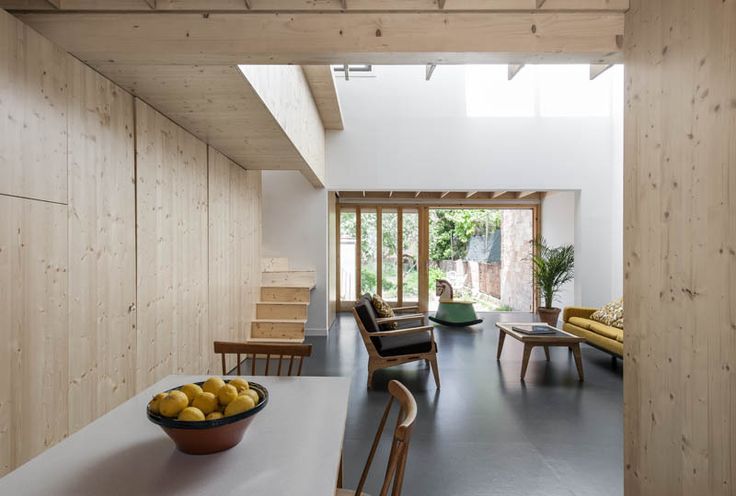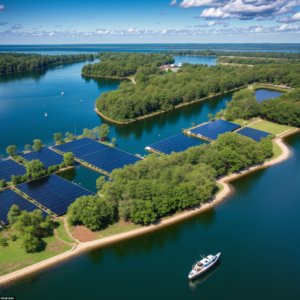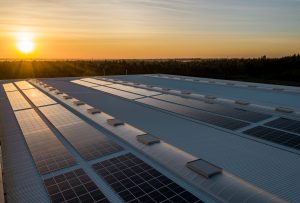Energy Efficient Types Of Heating For Your Home
Every year we are faced with higher and higher bills for electricity or heating. Learning from our experience, we will try to assist you in selecting the most suitable heating system, which will also keep your budget and you keep you warm in cold days.
Recently popular among vendors of heating appliances and systems is to ask you what passive practices you have implemented in your home. Passive practice are techniques applied during the implementation and construction of new or existing building.
These practices help to maintain the temperature inside the house with minimal application of additional heating or cooling. Passive practices include: use of PVC doors and windows, putting additional insulation in the ceiling, walls and floor, use of natural ventilation, blocking the summer sun to enter the home, allowing winter sun to heat the interior of the home.
If the residential building (house building) is not designed for passive heating / cooling (designed to keep heat inside in winter and coolness in summer), it is necessary to choose a suitable system for heating / cooling.
There are many different types of heating systems with different sources of energy and the level of energy efficiency. Central heating system heats the entire house or apartment, while heaters heat one or two rooms which are mostly used. There are many opportunities within these two types of heating. The best way for heating in a particular case depends on the specific circumstances and your needs.
Advantages and disadvantages of heat pumps!
Advantages:
Lower costs compared with standard electric heating systems. Produce 65% less greenhouse gases.
Disadvantages:
You have to be careful with gas heaters without supply of air because there is a danger to contaminate indoor air in the home and cause adverse health effects.
Advantages and disadvantages of wood heating!
Advantages:
Firewood is a renewable energy source if it is cut in a sustainable way. You need to use a heater with low emission.
Disadvantages:
When burning wood, releases toxic smoke.
Advantages and disadvantages of electric underfloor heating!
Advantages:
Your feet will always be warmed.
Disadvantages:
The highest rate of emitting greenhouse gases that are harmful to the environment, compared to other heating systems. The installation of this type of heating, depending on the materials that are built can be expensive.
Advantages and disadvantages of portable electric heaters!
Advantages:
Cheap to purchase. Intended for heating a room. Easily portable, flexible.
Disadvantages:
run on electricity, spend quite a lot, compared to the heat that emanated.
Always before and after the heating season is necessary to clean the filter of the heating system to provide continuous functionality. It is advisable to use digital timers to provide space heating when necessary.
Tip + well designed and constructed house or building, needs very little power to reach the desired heat. That energy can be renewable or non-renewable. Even in existing homes there are many ways to reduce energy bills, increase comfort and positively affect the environment. Better to invest more in energy efficient building than to spend energy for heating and cooling.
8 Tips to conserve heat in your home!
- Cover the entire floor with carpets or other type of mulch. Do this especially if you have no insulation on the floor.
- Increase the temperature gradually to reduce your bill. The rapid rise in temperature, whether it comes to cooling or heating consumes large amounts of energy, trying to reach the set temperature, thereby growing your expense.
- Get your energy efficient heat pump and double reduce your costs.
- Run setup on your digital thermostat before leaving for the winter break, but did not completely turn your climate. So the air conditioning will keep the temperature in your home, will perform heating if required and will also reduce your bill. If you leave the winter break, and do not include heating, when you return to the heating system will take a lot more time to warm up already cooled home, which will strain your electricity bills.
- Warm up your home with the help of sunlight. Leave your windows uncovered with curtains, blinds, etc…
- Reduce the temperature on your thermostat whenever you leave for home.
- Save with the option “Auto” on your thermostat. By including the option “Auto” temperature in your home will be constant, while you will save.
- Open all interior doors in your home, in order to facilitate the circulation of air.








